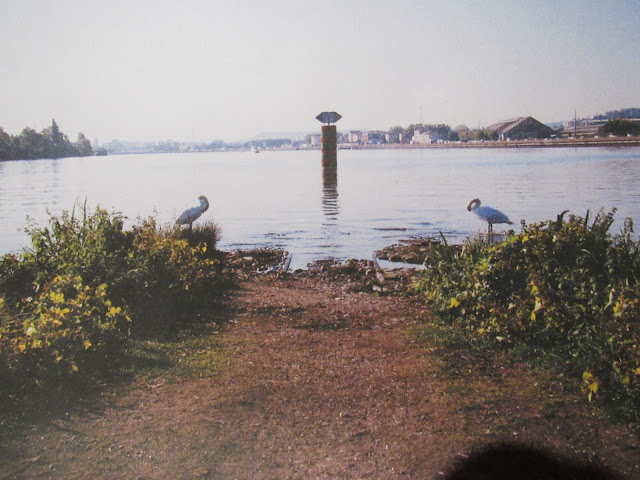The Romans tramped all over Europe and Lyon was one of their major cities. Back then the city was called Lugdunum, and its connection the rivers allowed them not only to control Gaul politically and militarily, but to conduct trade in the Mediterranean.
...
The photo above is the amphitheatre the Romans first built in 19 A.D. It had a capacity of 1,800. It was expanded in the early 2nd century to house 20,000.
Roman mythology is rich with its many gods, goddesses and accompanying characters. Here are a few of them exhibited in the museum. It's amazing how well preserved they are.

Cyclops. You have to look closely for the eye in the middle of this fellow's forehead, but it's there.

Fortune--represented as a woman.

Hermes--messenger god Neptune--god of the sea

Dionysus--god of wine--in mosaic

Dionysus riding his trademark panther (in mosaic)
Zeus--king of the gods

Artemis (Diana)--the goddess of the moon and the hunt
an aristocratic Roman woman
Dice the Roman soldiers used to play with in their spare time.
The sun marks the entrance to someone's house

The Hydra, one of the monsters of mythology
The Larme let people know they were entering the cemetery section of the city.
The Romans established and maintained an extensive network of roads in Gaul with Lyon as the center. Rivers connected Gaul to the Mediterranean Sea.
A Roman design of a mosaic floor. They were sticklers about filling in every space with all those little tiles.

A cool, calm Roman soldier




































